Fix: Call Failed in iPhone
Calls often fail right away without ringing and show a “Call Failed” message, even if your phone shows full signal bars or says it’s on LTE/5G. This means the iPhone couldn’t connect to your mobile network to make the call. The most common cause is a problem with how the phone connects to the network, such as wrong carrier settings, eSIM issues, or having weak signal even if the bars look full (called a phantom signal).
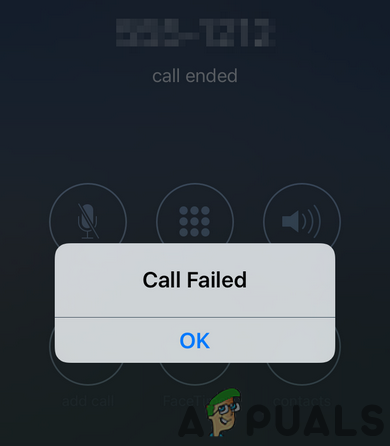
Other reasons include problems with VoLTE settings, an old iOS version, or issues caused by Wi-Fi Calling.
1. Change VOLTE or Data Only Setting
If your carrier supports it, your iPhone can use LTE for data only or VOLTE for both voice and data. Sometimes, weak signal strength causes issues with VOLTE. Selecting the LTE “Data Only” option may resolve your problem.
- Open Settings on your iPhone and tap Cellular.
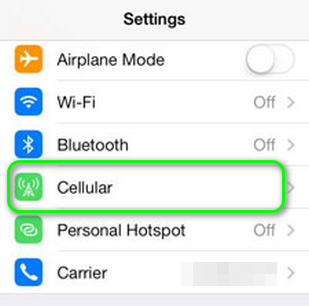
Open Cellular Settings of Your iPhone - Tap Cellular Data Options.
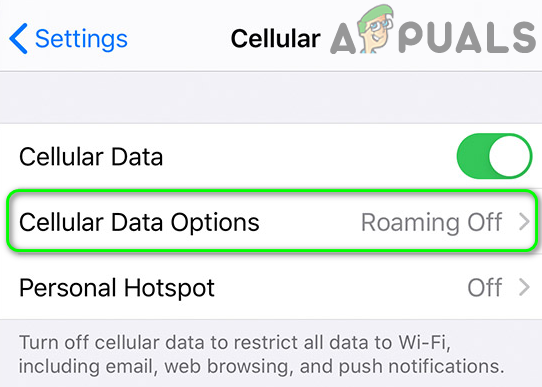
Enable Cellular Data Options of Your iPhone - Select Enable LTE.
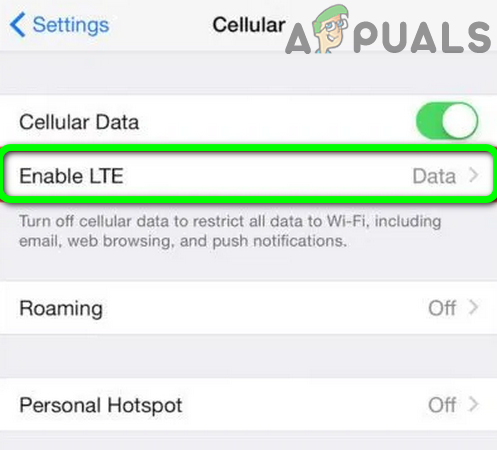
Open Enable LTE of Your iPhone - Tap Data Only, then check if your iPhone is clear of the call failed error.
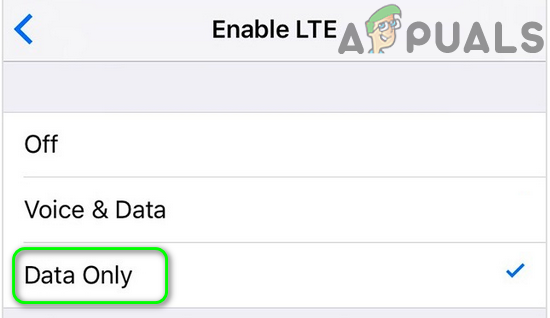
Enable Data Only
2. Turn On and Off Airplane Mode
A temporary network glitch could be causing the problem. Turning Airplane Mode on and off refreshes your device’s network connections.
- Open your iPhone’s Control Center by swiping down from the top right of the screen.
- Tap the Airplane icon to turn Airplane Mode on.
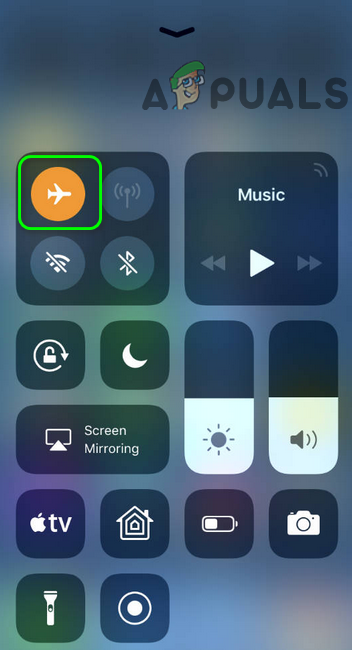
Enable the Airplane Mode - Wait for 2 minutes, then turn Airplane Mode off. See if your iPhone can make and receive calls.
3. Check Wi-Fi Calling
Wi-Fi Calling lets you send and receive calls over a Wi-Fi network instead of your cellular connection. For some users, turning this feature on or off fixes the error.
- Go to Settings and tap Phone.
- Tap Wi-Fi Calling and turn it on using the switch.
- If prompted about location, data, or carrier information, tap Enable.
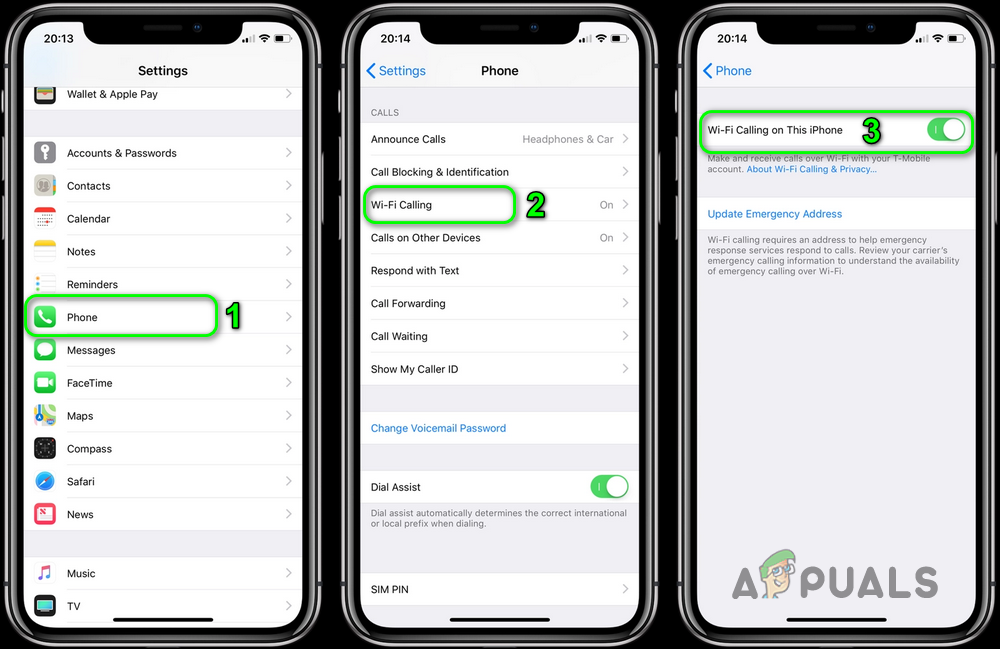
Enable/Disable Wi-Fi Calling - Restart your phone and check if the call failed error is gone.
4. Make Sure Caller ID Is Enabled
Caller ID makes sure your number shows up when you call someone. If this is turned off, especially if you travel and use SIMs from other countries, it can cause call errors.
- Go to Settings and tap Phone.
- Tap Show My Caller ID and use the switch to turn it on.
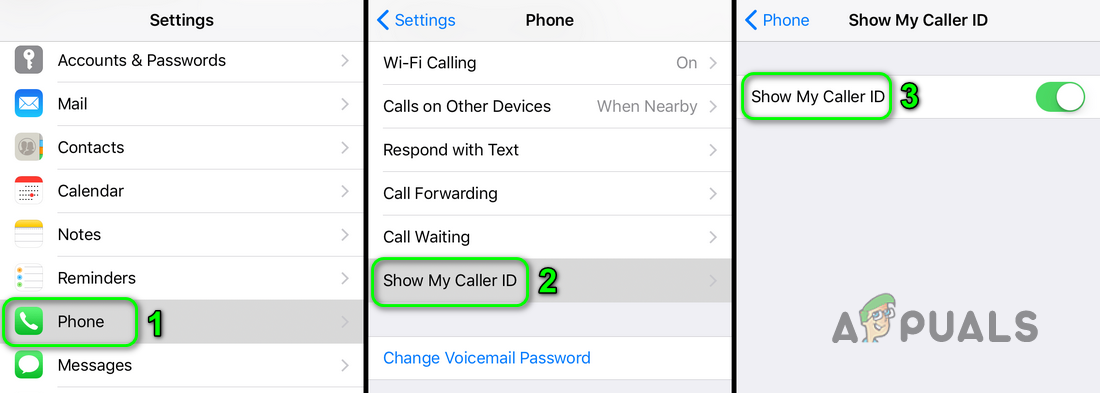
Enable Show My Caller ID - Restart the device and see if the error is gone.
5. Turn Off Dial Assist
The Dial Assist feature automatically adds international or local prefixes when you dial a number, but sometimes it gets it wrong. Turning this feature off may help.
- Open Settings and tap Phone.
- Scroll to Dial Assist and turn the switch off.
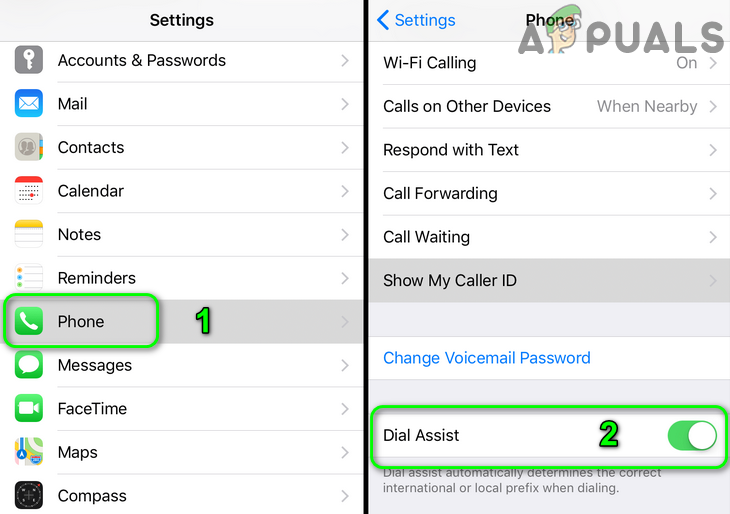
Disable the Dial Assist - Restart your phone and check if it works as expected.
6. Set Correct Date and Time
Incorrect date and time settings may cause issues. You should also enable location-based Time Zone updates.
- Turn off your iPhone and remove the SIM card.
- Turn on the phone, go to Settings.
- Tap General > Date & Time.
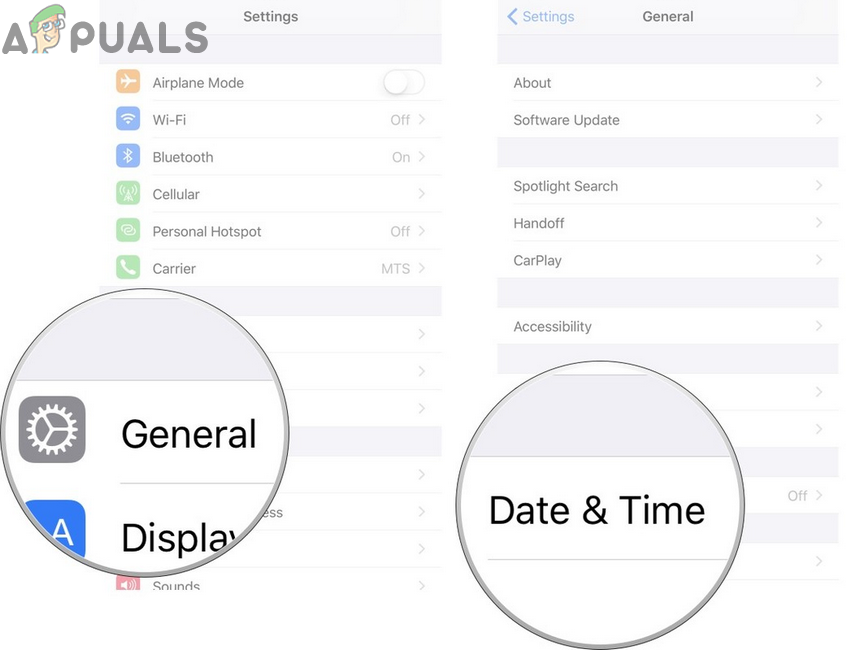
Open Date and Time Settings on Your iPhone - Turn off “Set Automatically”.
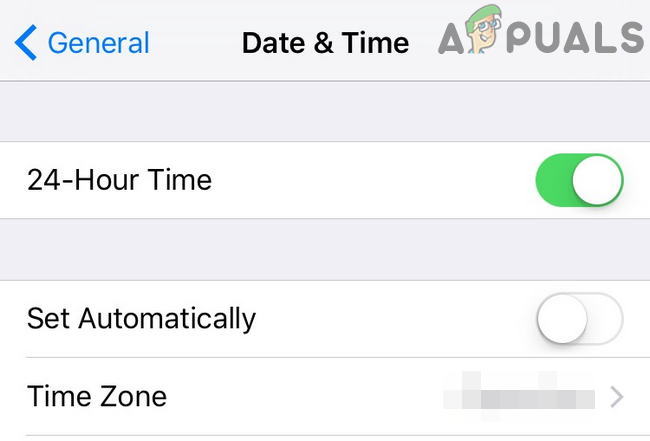
Disable Set Automatically - Adjust the Time Zone and set the correct date and time for your location.
- Reinsert the SIM card and check if the problem is fixed. If not, try turning “Set Automatically” back on.
- Go to Settings > Privacy.
- Select Location Services, then tap System Services.
- Enable Setting Time Zone.
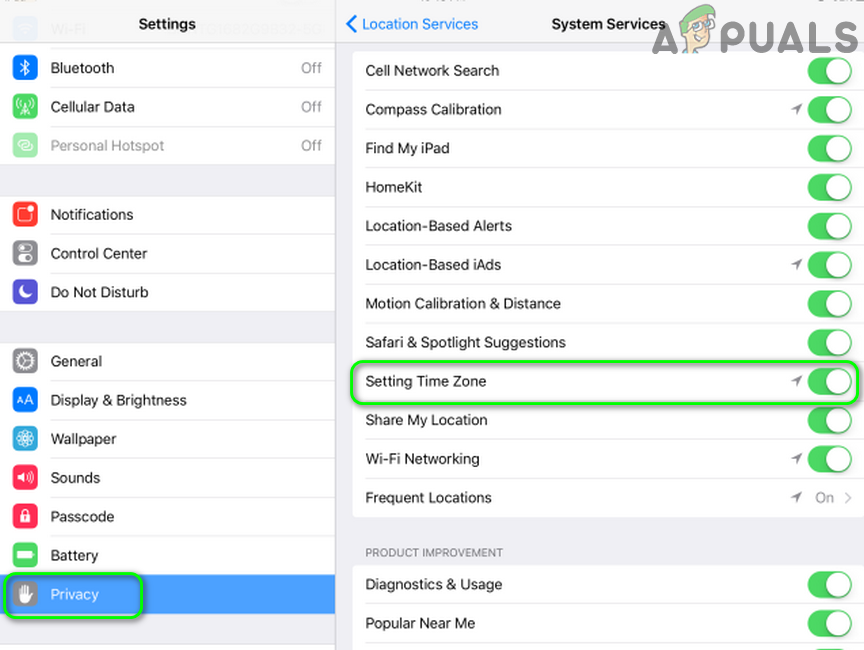
Enable Setting Time Zone in Location Service of Your Phone - Restart your iPhone and check for the error again.
7. Log Out of the Digits App (T-Mobile Users Only)
If you use T-Mobile’s Digits app to handle multiple numbers, sometimes it can interfere with phone functions. Logging out may stop the error.
- Open the Digits app and tap Profile Settings in the top left.
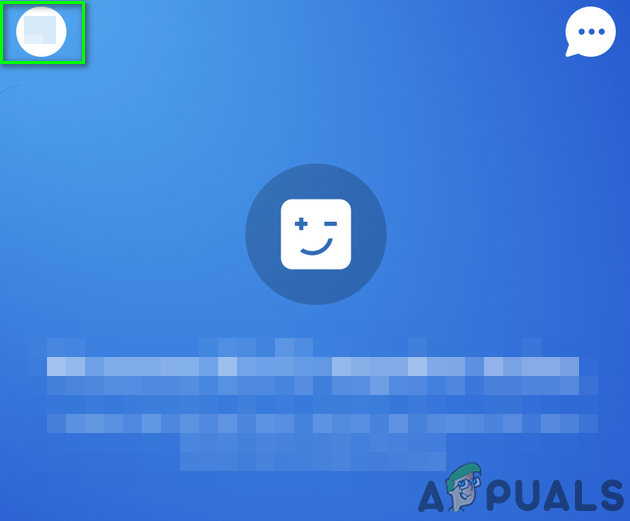
Open Profile Settings of Your Digits Application - Scroll to the bottom and tap Manage Account.

Open Manager Account in Profile Settings of the Digits Application - Select Logout.
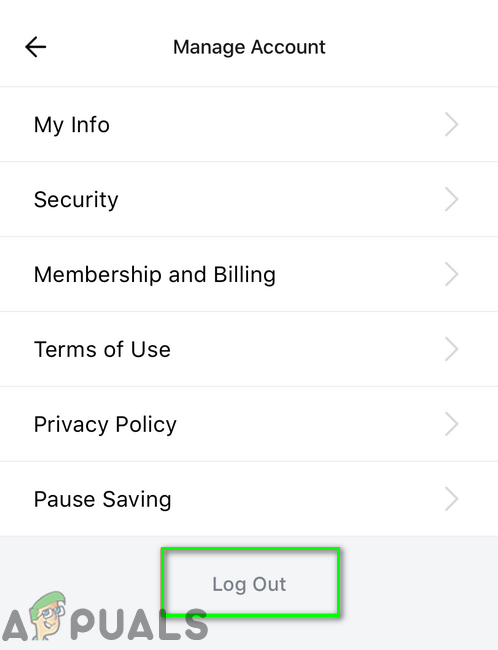
Logout of the Digits Application - Restart your device and check if your iPhone is working properly now.
8. Reset Network Settings
Your iPhone’s network settings control how it connects to mobile and Wi-Fi networks. Incorrect settings may cause failed calls. Resetting these settings puts them back to default, but you’ll need to reconnect to Wi-Fi networks and re-enter passwords.
- Go to Settings > General.
- Tap Reset, then select Reset Network Settings.
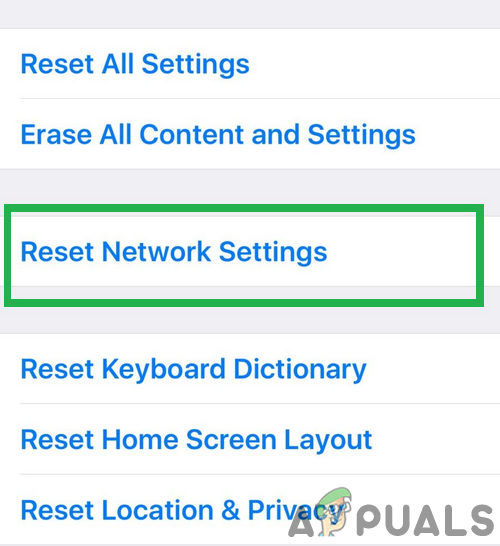
Clicking on the “Reset Network Settings” button - Restart your iPhone, then check if you can make calls again.
9. Update iOS to the Latest Version
Keeping your iPhone’s iOS up to date helps avoid bugs and glitches that cause call problems.
- Back up your iPhone before updating, just in case.
- Connect your device to a power source and a Wi-Fi network. (You may also use mobile data, but be aware of data charges.)
- Go to Settings > General.
- Tap Software Update. If an update is available, download and install it (you may need your passcode).
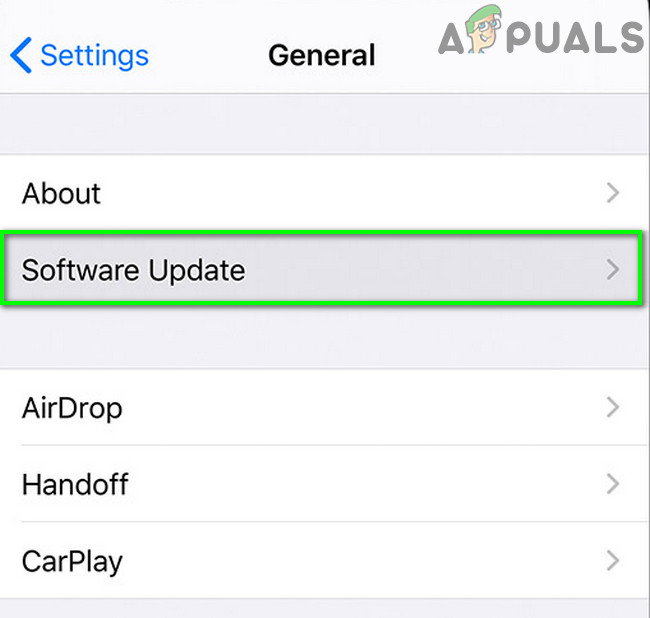
Tap on Software Update - Restart your iPhone after the update and check for the error.
10. Restore iPhone to Factory Settings
If none of the above steps help, your iOS system may be deeply corrupted. Restoring your iPhone to factory settings can fix the issue, but this will erase everything from your device, so backup is important.
- Back up your iPhone first.
- Restore your iPhone to its default factory state. Hopefully, this will solve the problem.
If you’re still having problems, you can also try using headphones for calls, as this has helped some users. However, the real issue might be a hardware problem. If so, you may need to consider a replacement, especially if your device is under warranty or you have insurance. Bring screenshots of the call failed error with you if you visit an Apple store.





